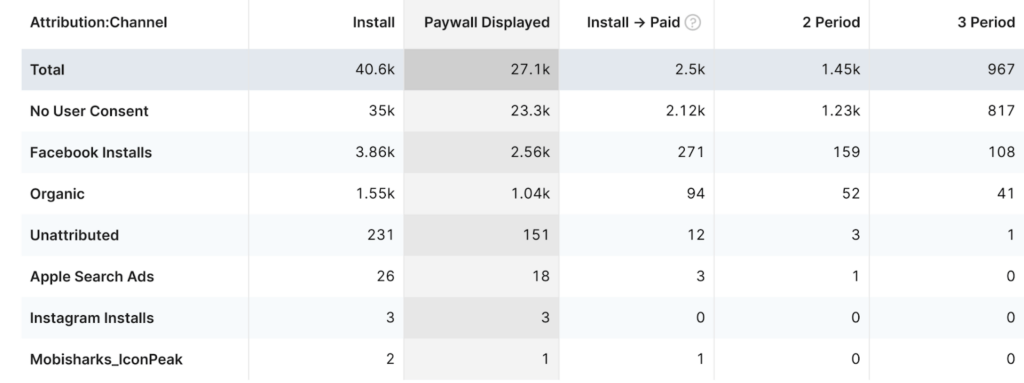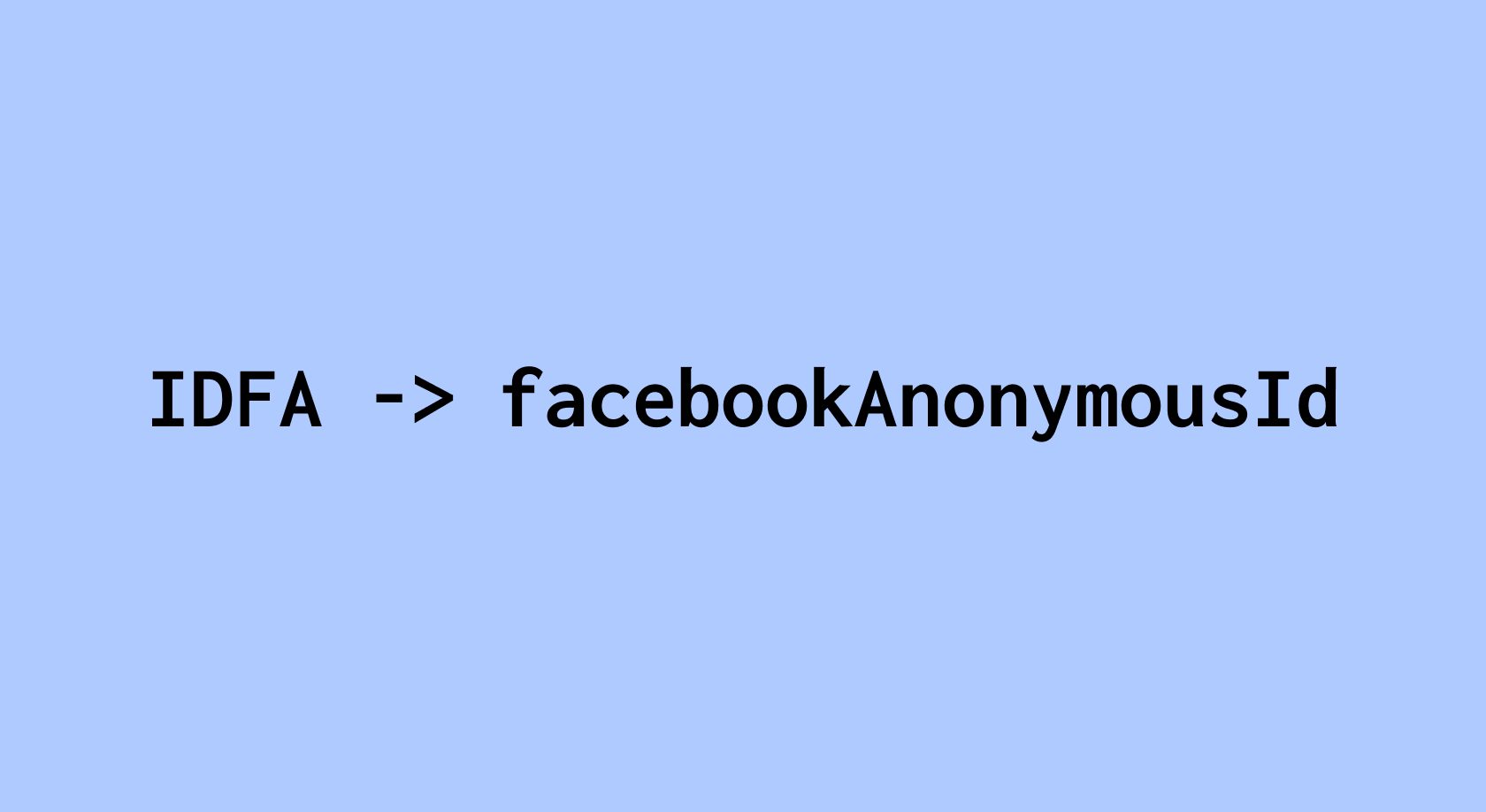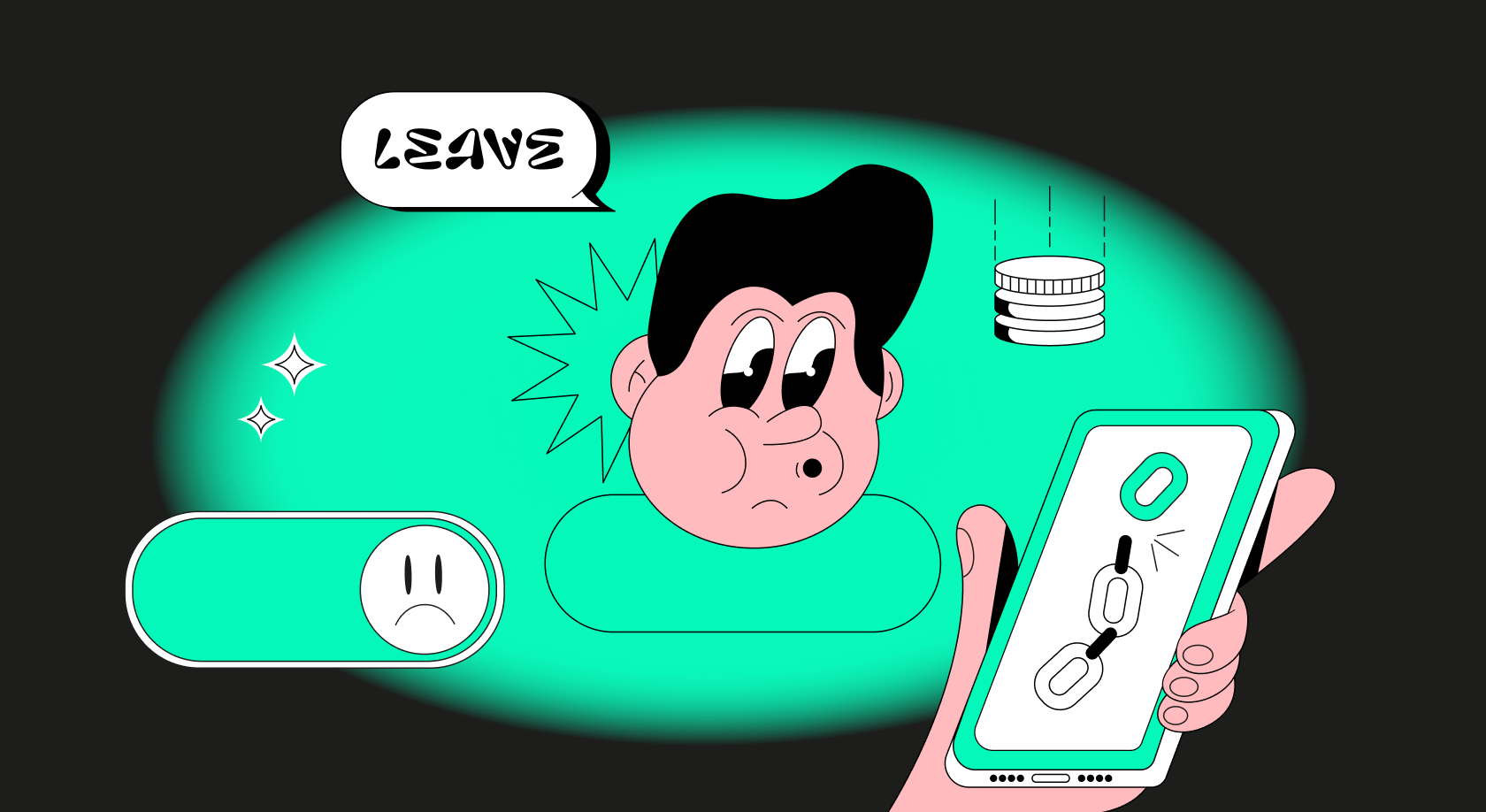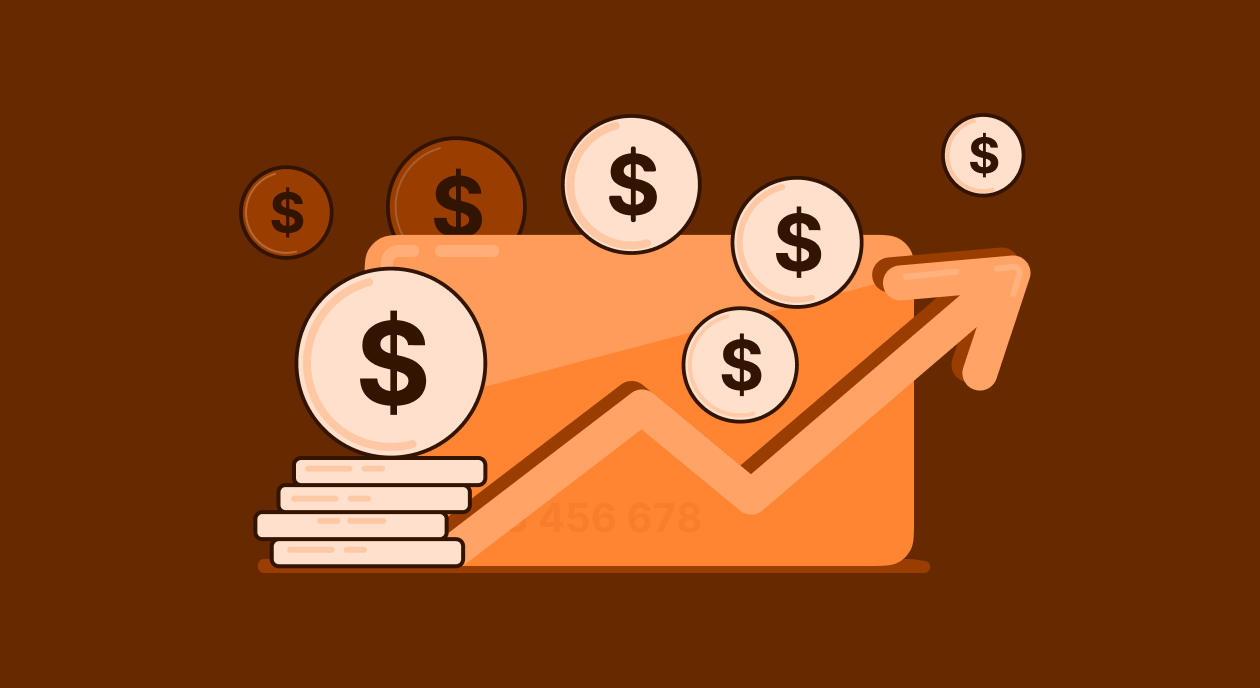User acquisition strategies for subscription apps

Updated: April 21, 2023
19 min read

If you have a cool mobile app idea in 2023 or even launched an app, but don’t have a decent mobile user acquisition strategy, then consider that you have nothing. Since the birth of the era of the subscription business in 2017 a lot has changed, and now it’s impossible to earn decent money only organically, especially if you are a beginner. Here it becomes clear that you need to start paid advertising. What traffic source should you start with? Choose Facebook or Google? Or maybe start with ASA? How to optimize it? Can an indie developer handle it on their own? In this article, we will try to figure out how user acquisition works for applications with a subscription model of monetization, where to start, and how to scale wisely.

What is user acquisition for subscription apps?
User acquisition for mobile applications is primarily about any user acquisition, not just paid ones. Organic channels (app store search and web search), referral programs within the application itself, e-mail marketing, and, of course, performance marketing – buying traffic in ad networks as a main source of user acquisition. The success of any UA campaign is measured primarily by its payback, i.e. the amount of money it returns on top of costs – in simple terms, ROI. But in addition to ROI, there are some metrics that can indicate the success of this setup. These are Conversion Rate, CTR, CPA, Retention, LTV and etc.
Understanding subscription app monetization
You can forever sing odes to the subscription monetization model for the number of benefits that it gives to developers (first of all!). But, in my opinion, the primary motivation for using subscriptions instead of one-time payments or ad monetization is the accessibility of the subscription ecosystem for apps of any level. Unlike ad monetization, with subscriptions, in the early stages of an application’s life, it is not necessary to have 40% Retention on Day 1 in order to earn a few dollars. Even at the MVP stage, it is enough to make straightforward onboarding, a reasonable price matrix, and voila. You get an understanding of the demand for your application and the key product marketing conversions (such as conversion install to trial, trial to paid, etc.). And with the development of the app comes predictable revenue streams, a loyal customer base, and the ability to improve the app based on customer feedback continuously.
Types of subscription models
As of the day this article was written, a unified database with the names and classification of subscription monetization types has not yet been published. But there are some generally accepted concepts, such as:
- Paywall – a sales screen that prevents you from accessing the app without subscribing.
- Freemium model, where part of the functionality is available for free, and part is strictly by subscription.
- Hybrid model (here a good example is Duolingo), where there are both subscriptions and ad monetization.
Here again, it is good to remember, that only applications with high retention (from 40% Retention Day 1) can afford such a model. The monetization model choice depends on the application’s functionality and your desire and ability to experiment. The easiest way to start is with a freemium model, of course, because with a hard paywall, the probability of a passed review in the store, especially at the initial stages, is very low.

Setting goals and KPIs for your user acquisition campaign
Let’s imagine that we have decided on the type of monetization for our app and are ready to start paid user acquisition. The most important thing to do before starting a purchase (besides the technical setup of marketing events) is to build a marketing funnel and define KPIs within this funnel. Below, we will analyze what the marketing funnel consists of and go through the benchmarks at each stage of the funnel.
Defining your target audience
Starting with iOS 14.5, users were given the ability to opt out of sharing their IDFA tag – a unique profile number the advertisers use for targeting on third-party platforms like Facebook. A study from AppsFlyer in October found that 62% of iPhone users opt out of sharing their information. In Android, a similar update is planned for the summer of 2023. So what does it mean for user acquisition? Users have become less willing to track their data, respectively, advertising networks know less about users and it has become almost twice as difficult for them to “catch” their users. But this doesn’t mean that you shouldn’t choose interest targeting or refuse to optimize for a specific event.
Choosing the right KPIs
The first stage of the funnel is Acquisition, and there are several metrics that will be useful for the analytics of CTR here:
- The click-through rate for creatives or how often users click on your ad.
- CPM – Cost per millennium (thousand) or understanding how much the auction is “warmed up” now for one or another advertising network.
- CPA – cost per action or understanding how much it costs us to buy one subscriber or payer.
In the case of Android, we can trust the funnel data in real-time, while in iOS, the truthful data flows in 3 days (thanks, SKAN). As for benchmarks, of course, they differ from niche to niche and from platform to platform. Roughly speaking, it’s good that your CTR does not fall below 1%, and CPM is at the level of $3-4. CPA is the most individual thing in mobile user acquisition that can ever be. Depending on the niche of the app, this can be $3 or $4 (if we are talking about, for example, selling a VPN in India), or $18-20 when selling a niche app in the US.
Best practices for creating compelling ads
Creativity is our everything. No successful creatives – no users, and no money either.
Of course, I’m exaggerating here, but creating a clickable creative is generally a task with an asterisk. In addition to the fact that a creative should catch the eye of a potential user in a stream of ads and news, it should also be liked by the algorithms of the advertising network. There are no fixed algorithms from advertising networks on how a creative should look like so that the users would want to click on it, and even better, pay later. But there are a few life hacks on how to do this.
Designing attention-grabbing creatives
The easiest way to make cool creative (ha-ha) is to be inspired by the successful creative of your competitor. No, not to copy, only to be inspired. For copying and plagiarism, you can easily get banned from the advertising network. Large companies have entire creative departments led by creative producers who are inspired by other app ads, and try to find the middle ground between niches, or even something new. Here, in general, it is difficult to wish for something other than – test-test-test. Communicate an ad message and the value of the product as clearly and transparently as possible. Don’t be afraid to experiment. Just experiment a lot. Often what is not quite aesthetically pleasing to the human eye is pleasing to the algorithms. Don’t get hung up on brand colors or fonts, this often doesn’t work in performance marketing.

Crafting a persuasive ad copy
In addition to tests with visuals and formats (video / static), do not forget about working with text. Here we are talking not only about the title or voice-over of the creative but also about the text caption under the ad. Always a good idea to use capital letters and the golden phrase TRY FOR FREE, lists, emoji, and so on. If we are talking about an ad in the Google or ASA ad networks, then the ad context is based on keywords. Don’t forget to take that into account 😎
Selecting the right advertising channels
As you understood from the previous section, the work on making creatives is quite huge and large. It becomes a little easier when we understand which user acquisition channels will be involved in purchases. After all, UGC creatives work in some channels better, for example, on TikTok, on Facebook, static creatives perform better, etc. The task for each user acquisition channel is to find cheap loyal users, the task for the marketer and the product team, in general, is to learn how to measure the effectiveness of each channel and correctly build a mobile app acquisition strategy.
Social media advertising
Start with Meta – this is the easiest point to enter user acquisition. The platform includes Facebook with all its placements and Instagram. Meta has the most developed advertising account in terms of availability of various types of targeting and optimization + until recently to a global audience. Guess who recently overtook Meta by audience volume? Of course TikTok. There are also Snapchat, Twitter, Pinterest, and Reddit. Event optimization is achieved after reaching the threshold of the number of installs per day (for Facebook, this is 88 installs) in almost all advertising networks. When you create an advertising campaign with subscription optimization, the algorithm will look for the maximum number of relevant users similar to those who have already bought your subscription. There are dozens of different dependency configurations and only a few of them become successful. There might be a lot of user acquisition campaigns and ad sets breakdown by geo, reliability, creatives, interests, etc. In general, a huge space for creativity and testing.

Search engine advertising
Apple Search Ads and Google Ads are two ad networks for user acquisition for text search queries. The feature of this direction is that in the case of iOS, you don’t have problems with inaccurate targeting, because Apple knows everything about their users and can show the most relevant ads. But there are several nuances: an insufficiently wide audience, a crude advertising panel, and it’s not suitable for all types of apps. For example, ASA is great for VPN or yoga apps, but not for the narrow niche of fishing apps. Google search behavior is more like a social advertising network, but here, as in ASA, sets of keywords are base of the ad setup.
In-app advertising
In-app advertising is also a valuable user acquisition channel for promoting subscription apps, allowing app developers to reach potential customers who are already engaged with their mobile devices. Relevant ads that are seamlessly integrated into the user experience can be achieved by using data-driven targeting and personalization techniques, as well as designing ads to match the app’s visual style. Campaign performance can be monitored through KPIs such as click-through rates, conversion rates, and cost-per-acquisition, allowing developers to adjust their strategy and optimize results. It’s important to avoid overwhelming or intrusive ads, striking a balance between promoting the app and respecting the user experience.
2024 subscription benchmarks and insights
Get your free copy of our latest subscription report to stay ahead in 2024.
Measuring and optimizing campaign performance
Knowing how many tools and channels we can use in our user acquisition strategy, we also need to remember that the main idea behind using any set of channels is to be able to use them effectively. You can do it with your own tools or via mobile measurement partners (MMP).
Analyzing campaign data
Earlier we talked about what metrics are used for analytics in performance Marketing – it’s CTR, CPM, and CPA. We can continue to think in terms of the marketing funnel by adding purchase data and cost of sales by every media source to these metrics. MMP or in-house analytics ease the process of data interpretation from the channel mix by showing it as a chain of key metrics. From the moment of clicking on the creative, to the final LTV of the user. That is, the funnel for an application within one media source may look like this: СTR – IR (install rate) – CPA – CR (Install 2 trial/paid) – LTV. And looking at the whole funnel of metrics, you can understand at what stage it gets narrow and where you need to grow. For example, make catchy creatives for increasing CTR or change ASO screens for increasing the install rate on the App Store page.

A/B testing and iteration
The importance of A/B testing in performance marketing is just as important as in a product – that’s a fact. For example, within the Facebook account, you can run A/B tests of different headings, visuals, text captions, etc. Often, marketers launch A/B tests as part of an ad set, filling several rare ads into one pack. In this case, the ad network algorithm decides where to distribute traffic. It’s much more difficult with A/B tests of different creatives that include more than one element. Ad networks don’t issue deep analytics on creatives, so we don’t know which element of the video or banner makes the user click on the ad. Therefore, you have to test a lot, create a lot, analyze, and try to catch depends. If we talk about setting up an advertising campaign, then everything is simple: 2-3 days after the launch, you can see if you have such metrics or not, that’s the whole A/B test.
Scaling your paid user acquisition efforts
The question of when to increase the budget is perhaps one of the most difficult for user acquisition. I think that you need to increase the budget at the moment when you are confident in all the metrics within your funnel. So, if you have a cool creative that brings users at a low price for at least 2-3 days in a row and preferably within a week (depending on the media source). If you have received the first conversions from “short” subscriptions or users have already reconverted from trial to payment, you understand exactly how much money they will bring you. And if you (or your marketer) have good intuition and are confident that everything will go according to plan.
Expanding to new channels
Dive into a new channel only if you’re confident with the main one. So, for example, if you see good metrics within your funnel from an organic source, you can try to experiment with Facebook or with ASA/Google Ads. If you see nice results on Facebook, let’s try TikTok. But with every new media channel, you should be ready for a new challenge. It might be creative concept specific, length or format of creative, or cost per action (somewhere users are ready to pay more or less). Another story it’s scaling for another geo. You should test your app there, I mean language, pricing, response time and etc. And for sure don’t forget to localize your creative materials. It’s a must.
Budget Allocation and ROI
If the main idea of your mobile user acquisition strategy is positive net profit, you need to know how to accurately measure the performance of each media source. Thus, sometimes it is better to use only one channel with a high positive ROI instead of many risky user acquisition channels. Leave some money in your budget for the test, some for creative work, and some for influencer work. Don’t forget to leave extra space for ROI volatility. You cannot trust the algorithms to the end and at a certain point in time the metrics may change, because the user may not exit the billing retry or request a refund from the bank, for example.
Conclusion
There is a lot of specific information above (thank you, cap). But even having a general understanding of how to work with user acquisition for mobile, you can start your first ad. Be smart with the choice of media source, work with professionals, and keep an eye on the daily ROI of the channel mix.
FAQs
Further reading






